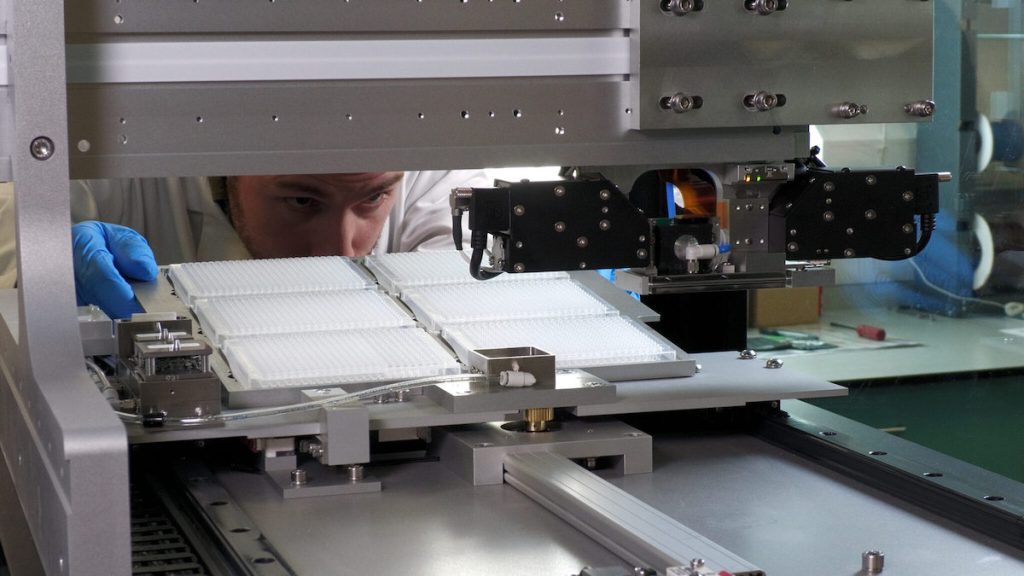The process of bringing a novel therapeutic drug from initial discovery to active pharmaceutical ingredient (API) manufacturing is a complex and multi-faceted journey that requires meticulous planning, collaboration, and expertise. Achieving a seamless transition throughout this process is crucial to ensuring the successful development and production of safe and effective medications that can improve the lives of patients. The drug discovery phase marks the beginning of the journey, where researchers identify potential compounds that may have therapeutic properties. This stage involves extensive experimentation, screening, and analysis to evaluate the safety, efficacy, and selectivity of these compounds. Once a promising compound is identified, it undergoes further optimization to enhance its potency, reduce toxicity, and improve its overall pharmaceutical properties. As the compound progresses through preclinical studies and demonstrates significant potential for therapeutic use, the focus shifts towards scaling up the manufacturing process to produce the API.

During this transition, close collaboration between research and development teams, process engineers, and manufacturing experts is essential to ensure a smooth transfer of knowledge and seamless integration of protocols. The development of an efficient and scalable manufacturing process is a critical aspect of this transition. Process engineers work to optimize reaction conditions, purification techniques, and overall yield to ensure cost-effectiveness and sustainability in API production. These efforts aim to streamline the production process, minimize waste, and adhere to Good Manufacturing Practice (GMP) standards to meet regulatory requirements. Furthermore, regulatory compliance is a pivotal aspect of the transition from drug discovery to API manufacturing. Throughout this journey, the pharmaceutical company must adhere to guidelines set forth by regulatory agencies such as the Food and Drug Administration (FDA) in the United States and the European Medicines Agency (EMA) in Europe. Thorough documentation, quality control, and compliance with these regulatory frameworks are crucial to ensure patient safety and the successful approval of the drug for market release.
Another critical consideration during this transition is ensuring a sustainable and environmentally friendly manufacturing process. Pharmaceutical companies are increasingly embracing green chemistry principles to minimize the environmental impact of drug production. By incorporating sustainable practices such as using renewable energy, reducing waste, and employing environmentally benign solvents, the transition from drug discovery to API manufacturing aligns with broader sustainability goals. In conclusion, more info the journey from drug discovery to API manufacturing is a comprehensive process that demands seamless collaboration, careful planning, and a deep understanding of both scientific and regulatory aspects. The integration of research findings into a scalable manufacturing process while prioritizing safety, efficiency, and sustainability is key to the successful development and production of novel therapeutics. By embracing technological advancements, sustainable practices, and adhering to regulatory standards, the pharmaceutical industry can optimize this transition, ultimately leading to the delivery of safe and effective medications for patients in need.
